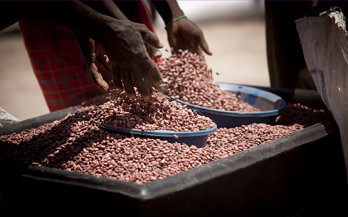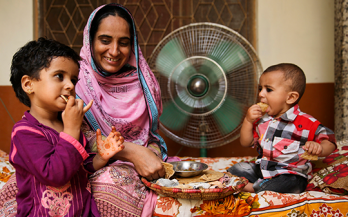The primary objectives of this chapter are to review methodologies used to date to evaluate the impact of food fortification programs in populations, discuss the strengths and limitations of these methodologies and resulting evidence, and provide recommendations on how such methodologies could be improved.
The objective of this paper is to analyze the content of documents used to guide mandatory fortification programs for cereal grains. Legislation, standards, and monitoring documents, which are used to confirm fortification, were collected from countries with mandatory wheat flour, maize flour, and/or rice fortification.
Docosahexanoic acid (DHA) is an important constituent of the brain. Evidence from well-designed intervention trials of the long-term benefits of increasing DHA intake during pregnancy has been sparse. This study evaluated global cognition, behavior, and attention at age 5 years in the offspring of Mexican women who participated in a randomized controlled trial of prenatal DHA supplementation.
The WHO issued a strong recommendation that pregnant women be provided calcium supplements to prevent preeclampsia. This is the first recommended nutritional intervention to prevent this condition, a leading cause of maternal mortality globally. This article summarizes key evidence on a number of issues that require further clarification and guidance on calcium intake.
Despite the global recommendation for fortification of salt with iodine, including salt used in food processing, most salt iodization programs have focussed only on iodization of household salt. This paper provides a comprehensive review of studies conducted to assess the effect of iodized salt on the organoleptic properties of processed foods and condiments.
The objective of this study was to assess the effects of prenatal home (point‐of‐use) fortification of foods with multiple micronutrient powders on maternal and newborn health.
Researchers acknowledge that the majority of nationally-representative data on Vitamin A supplementation (VAS) status is outdated. This study examined data from 82 countries implementing VAS programs, identified other VA programs, and assessed the recentness of national VA deficiency data.
The purpose of this study was to examine the potential contribution of fortification of vegetable oils with vitamin A in Indonesia and Malaysia to increasing vitamin A consumption in these two countries and in countries to which oil is exported.
Despite considerable progress made in the past decade through salt iodization programs, over 2 billion people worldwide still have inadequate iodine intake. This study validates a newly developed device that quantitatively measures the content of potassium iodate in salt in a simple, safe, and rapid way.
‘Implementation research in nutrition’ is an emerging area of study aimed at building evidence‐based knowledge and sound theory to design and implement programs that will effectively deliver nutrition interventions. This paper describes some of the basic features of ethnography and illustrates its applications in components of the implementation process.










